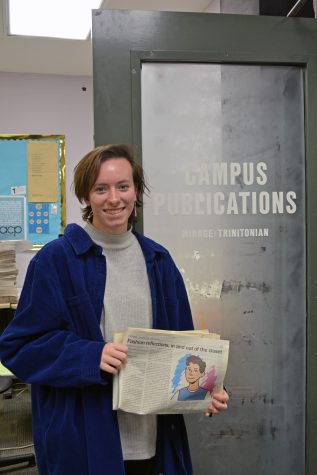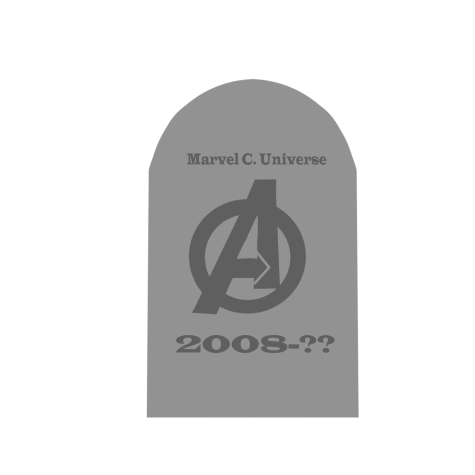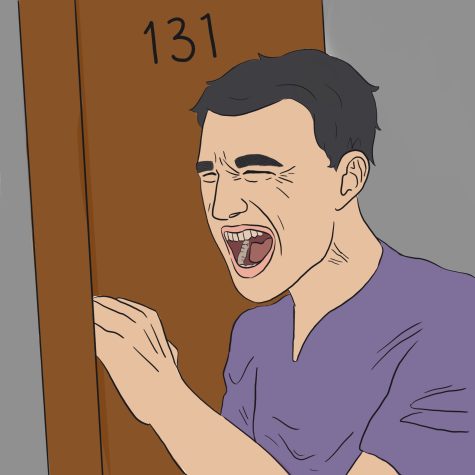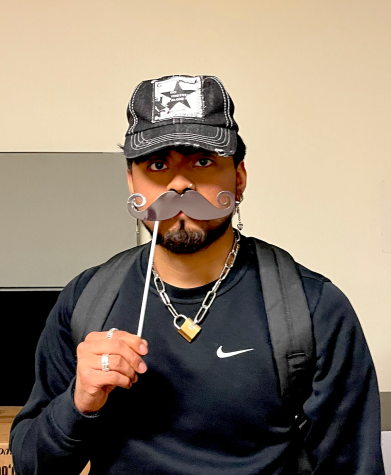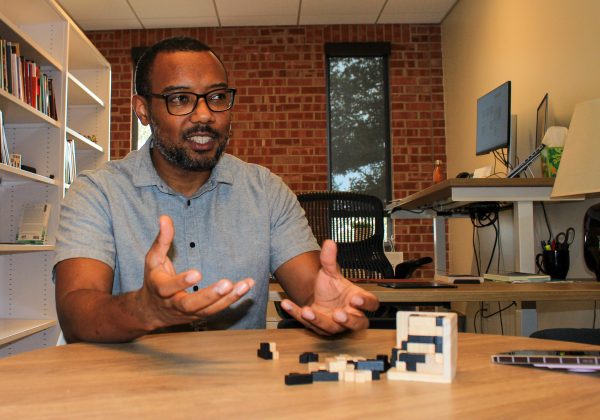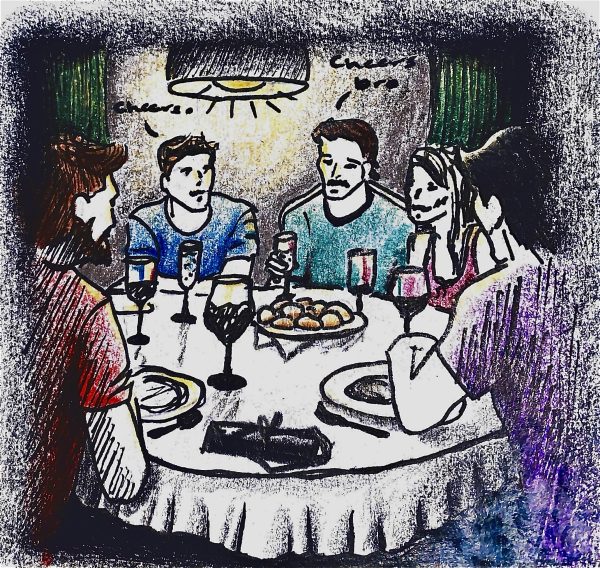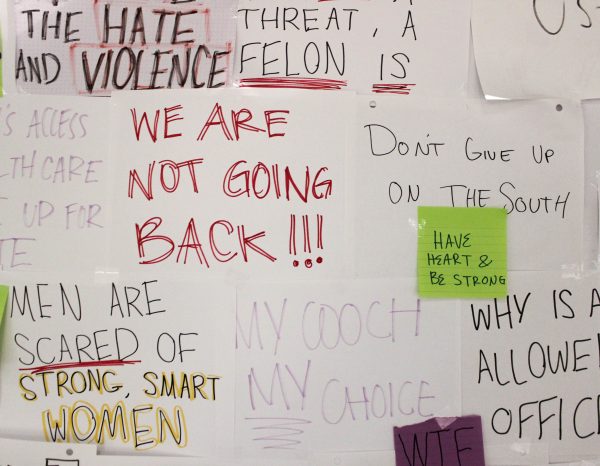TU Cribs: Escape from campus chaos in none other than Coates
Courtney Balderas, Director of Diversity and Inclusion, embraces her role in her student-centered space
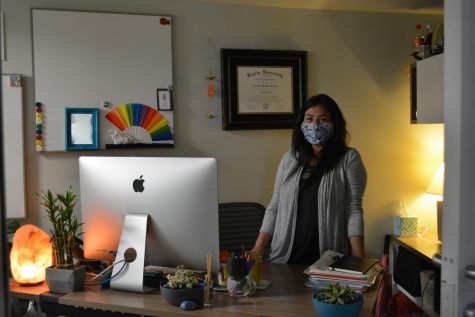
Every week, we will be interviewing professors known for their office hours, whether for their cozy ambiance or their iconic office decor and getting to know them and their spaces a little better. This week I met with Trinity’s Director of Diversity and Inclusion, Courtney Balderas. Her office is tucked in the back of the Coates Student Center and includes both a colorfully decorated student meeting place and a tiny personal office space with a sliding door. While the student meeting space is bright and often houses student leaders planning events, Bladeras’s office is full of plants and features cozy, dim lighting.
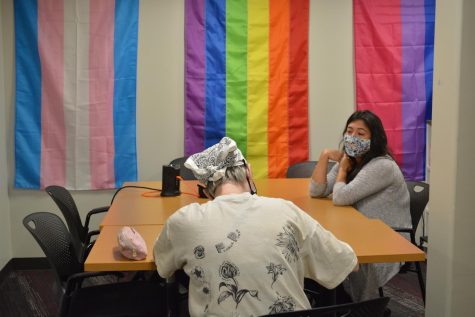
Can you describe a bit what your role at Trinity is like?
As the Director for Diversity and Inclusion, I specifically support our traditionally and historically marginalized student groups. What that looks like is really not just one-on-one meetings with students but really also partnering with identity-based student orgs, so this month PRIDE and the DIO were working closely together, I’m also working with TULA because of Latinx Heritage Month. And so, just different programming not only around awareness but also education and celebration.
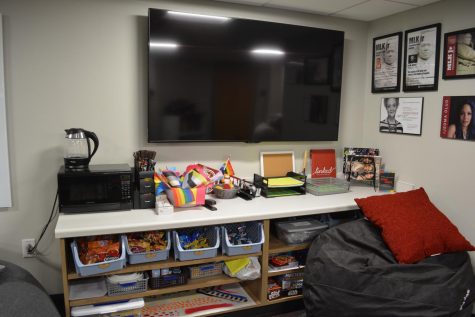
How do you typically use your office space?
So this [outer] space is really student-facing, so it’s a space for students to come together in community. Actually, the regulars that hang out here are all leaders of student orgs that we work with routinely. Because it’s tucked back here, it’s a quiet space and so students use it as a way to escape some of the chaos that happens on the other side of Coates.
The students use the [outer] space a lot more than I do, for meetings, my personal office is really just for day-to-day work. If I’m meeting with students, I’m typically meeting with them out somewhere on campus for a bit of confidentiality. I have sliding doors, so you can kind of hear things in here but if we’re outside, then that’s less likely.
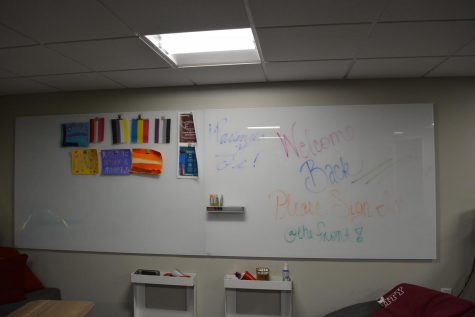
What are some reasons students should consider stopping by your office?
Students come by for several different reasons, anything from just wanting to see the space and find out what’s here, to know about what we do, upcoming events, but also if students are struggling with feeling a sense of belonging, whether they are new or returning students. Something else that I talk with students a lot about is if there is an incident on campus they’ll come to me to kind of unpack that and typically we make a plan for moving forward. If it’s Title IX, they’ll reach out and I’ll reach out to Angela [Miranda-Clark].

What interested you in working in your position at Trinity?
I have always helped traditionally marginalized students. So before I was working with international students and then most recently with undocumented students and students from mixed-status families and each of those moves was pre-empted by something that was happening internationally or in Higher Education, so I really enjoyed international ed work because I noticed all the barriers to understanding the legal frameworks for individuals to come here on visas and thoroughly enjoyed that, but then 2016 was incredibly difficult with the heightened level of xenophobia, and, you know, all of the laws changed in 2016. So, I had to switch to a more social-justice-oriented role which was helping undocumented students. Less about compliance and partnering with the government and instead of working in an advocacy space.
And then, in spring of 2020, in the aftermath of George Floyd’s murder, over the summer we were having these conversations and we really felt passionate about having to explore other types of diversity equity and inclusion beyond the scope of dreamers. We were having conversations in that space about colorism and anti-Blackness within, so we were navigating those conversations which made this position really attractive when it came up. I have always worked at large, public, state institutions and so the chance to come somewhere where there are only 2,000 students instead of 30,000 was really appealing.
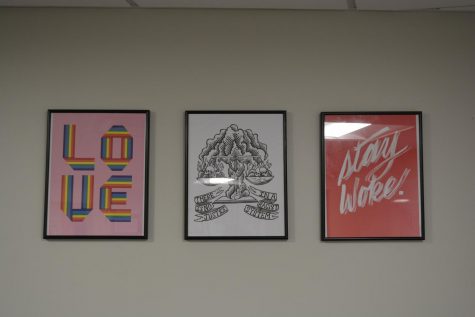
When did you move into this space?
So, I started last October but I wasn’t on campus until the summer, which was a little sad because there was nobody here, it was so quiet, and having never been on campus for my first on-campus experience to be when it was practically empty was strange.
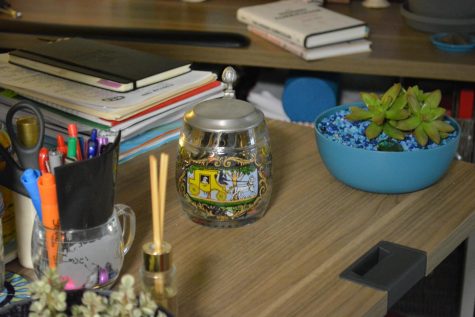
What’s your favorite aspect of your office?
Being able to see out the window and [my] lamp. I love the Himalayan salt lamps. They are soothing. I don’t like the [overhead] lights, I think they are depressing, so that’s why I taped [the motion sensor] off. They’re, like, so bright. So, I was like, nope!
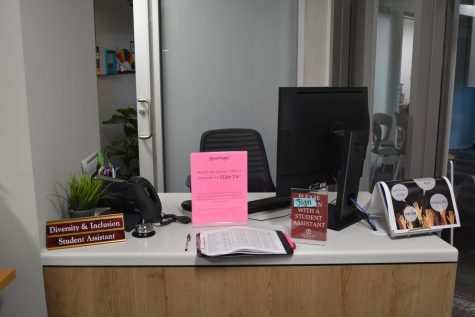
How can students meet with you?
The easiest way for students to meet with me is by appointment. So just send me an email or if they drop by, I have student workers here part-time who can assist or help with getting my availability. But, because I’m a one-person office, email is the easiest way to get in touch with me.
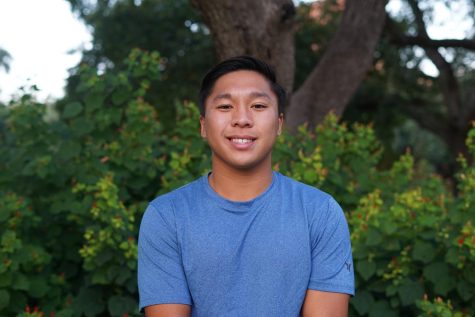
I am a senior photographer from Houston, Texas majoring in Biology on the pre-PA track. I love sports photography and just being able to capture a moment...

